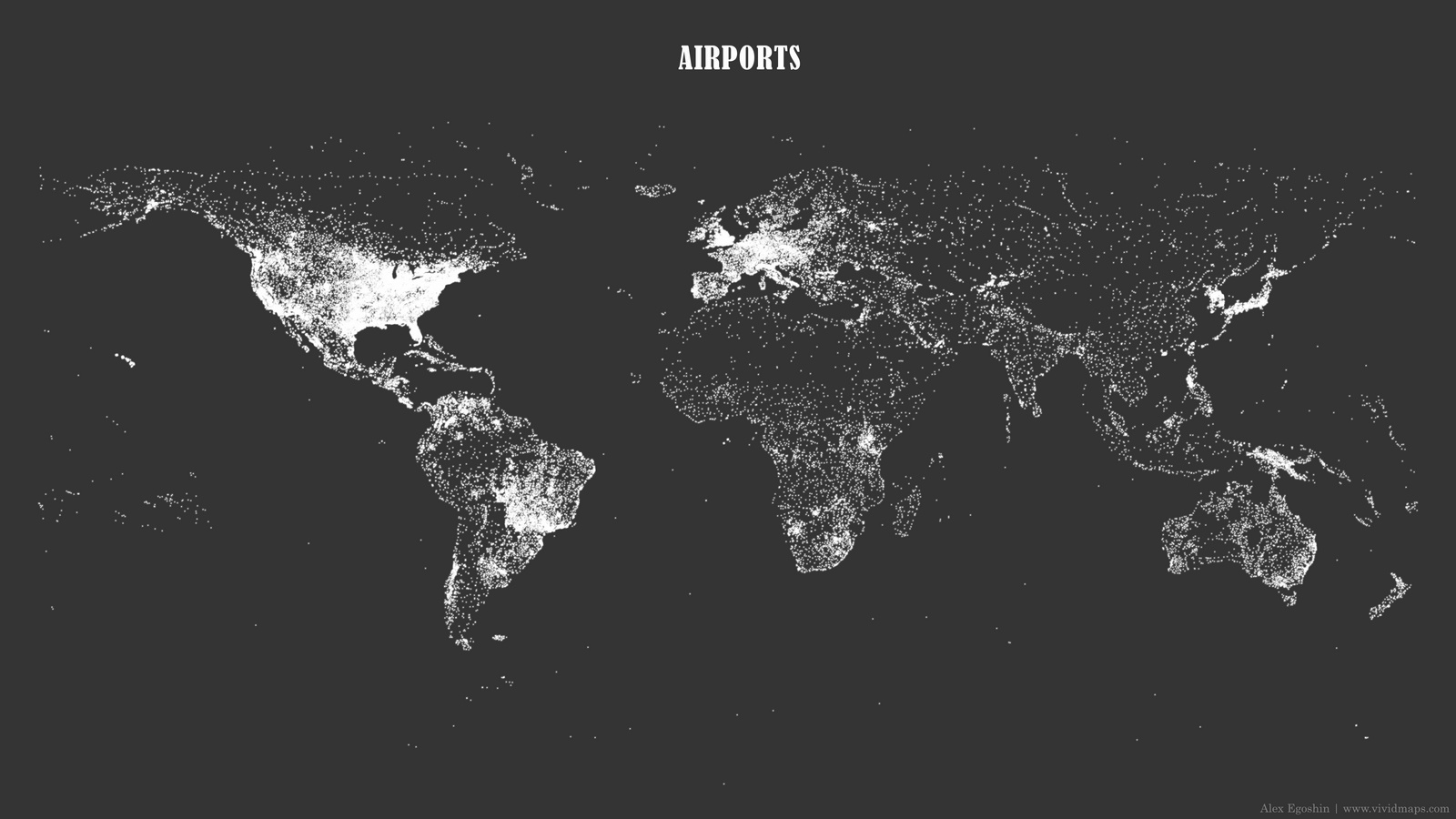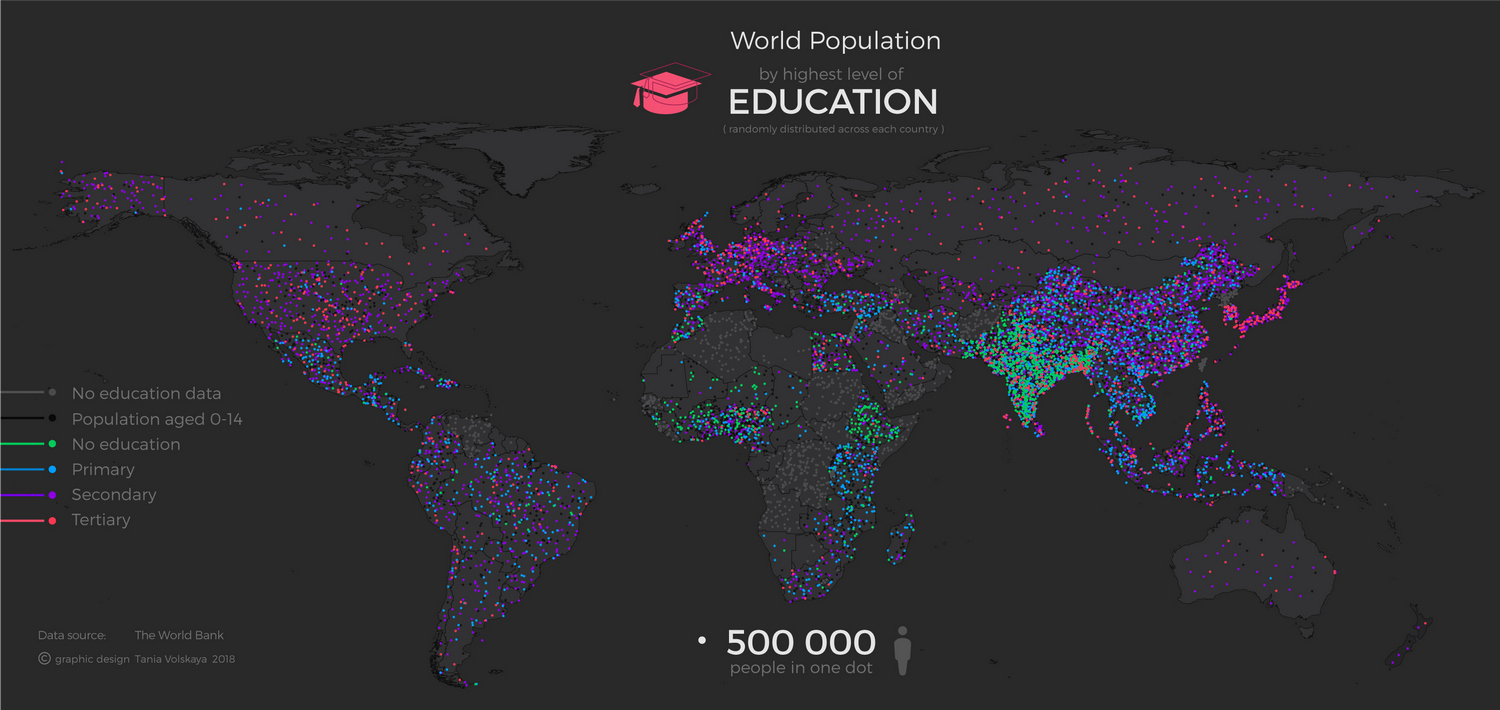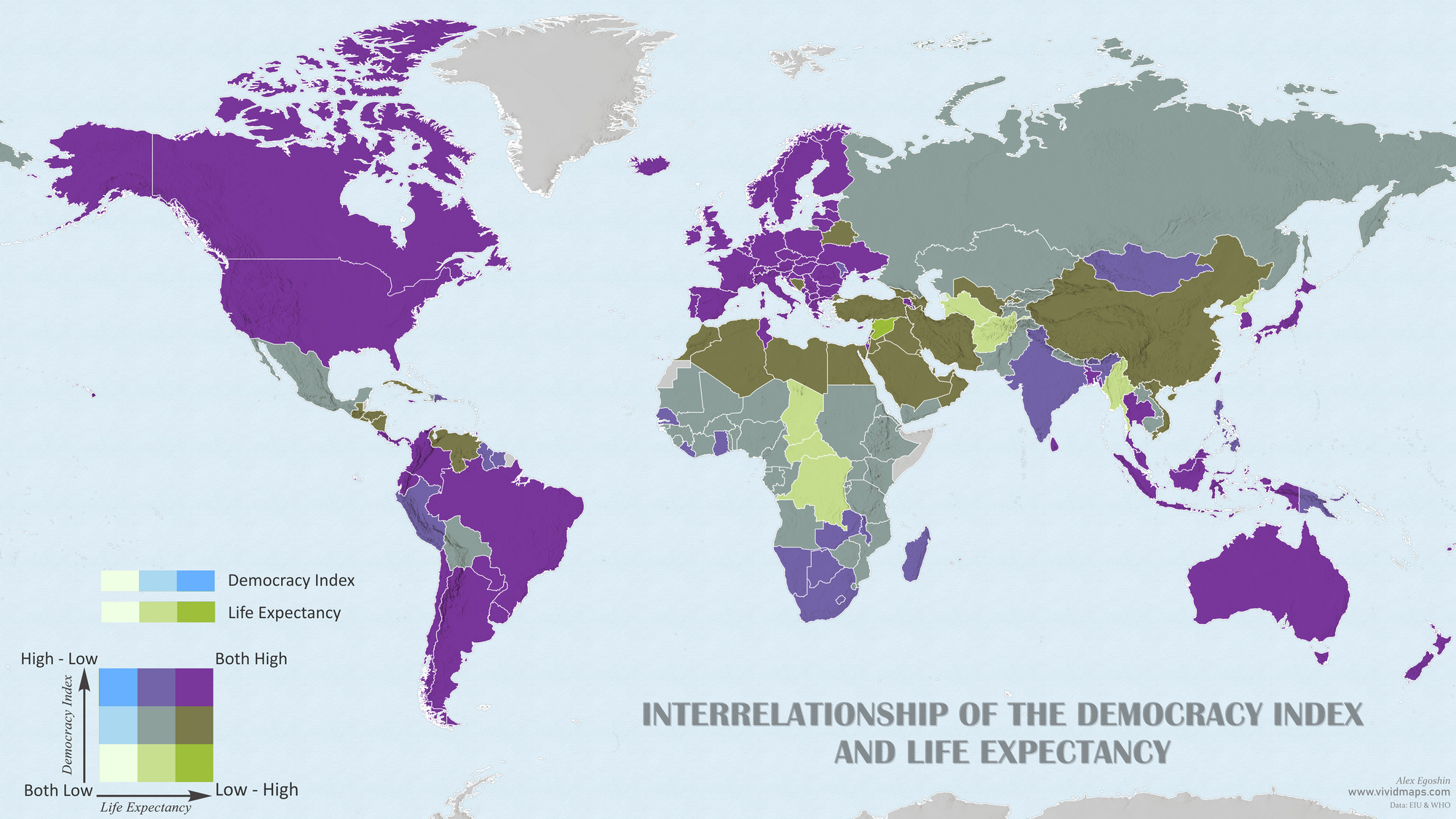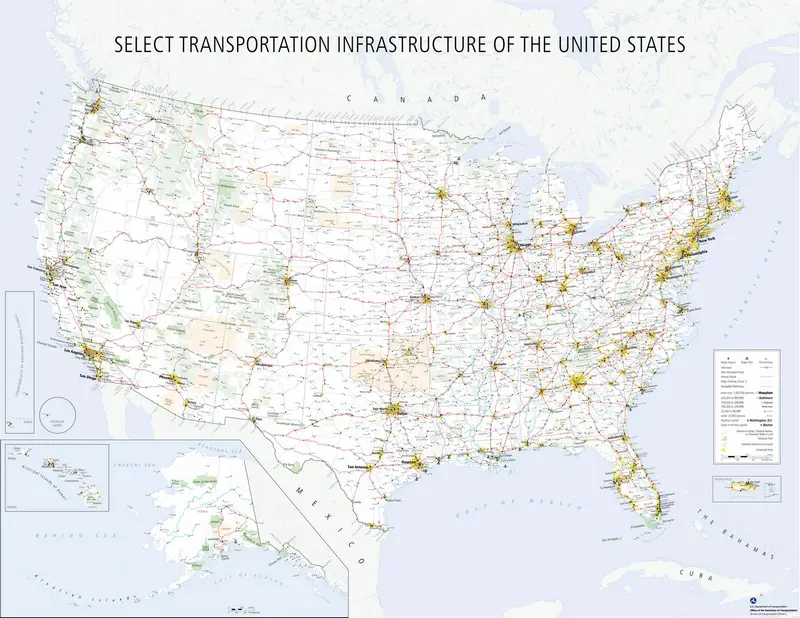Mapped: Africa’s Transport System
Africa’s transport system is diverse, reflecting the continent’s vast size, varied landscapes, and economic disparities. While some regions boast well-developed transportation infrastructure, including modern highways, railways, and airports, others face challenges such as inadequate road networks and limited access to transportation services.
The road network is a crucial component, serving as the primary mode of transportation for people and goods across many African countries. Railways play a significant role in certain regions, facilitating the movement of resources and promoting economic development.
Railways in Africa
Railways in Africa form a critical component of the continent’s transportation infrastructure, playing a key role in the movement of goods and passengers. The history of railways in Africa dates back to the colonial era when European powers constructed rail networks to facilitate the extraction of natural resources. Today, African railways vary widely in terms of development, with some countries boasting modern and efficient rail systems, while others face challenges related to outdated infrastructure and limited connectivity.
In regions with well-established rail networks, such as South Africa, Egypt, and Nigeria, railways contribute significantly to economic activities by transporting minerals, agricultural products, and manufactured goods. They also play a crucial role in passenger transportation, providing a relatively efficient and cost-effective means of travel.
Below is the map of current railways in Africa.

However, many African countries grapple with issues like underinvestment, maintenance backlogs, and insufficient technological upgrades, leading to suboptimal rail services. Additionally, the lack of connectivity between national rail networks hinders the realization of a comprehensive and integrated continental rail system.
Trans African Highways
The Trans-African Highways initiative is a continental infrastructure project aimed at enhancing road connectivity across Africa. Developed by the United Nations Economic Commission for Africa (UNECA) and the African Union, these highways are designed to facilitate regional integration, trade, and economic development by linking various African nations. The network consists of nine highways, each designated with a specific route number, covering vast distances and connecting major cities and economic hubs.
Here is the map of trans African highways.
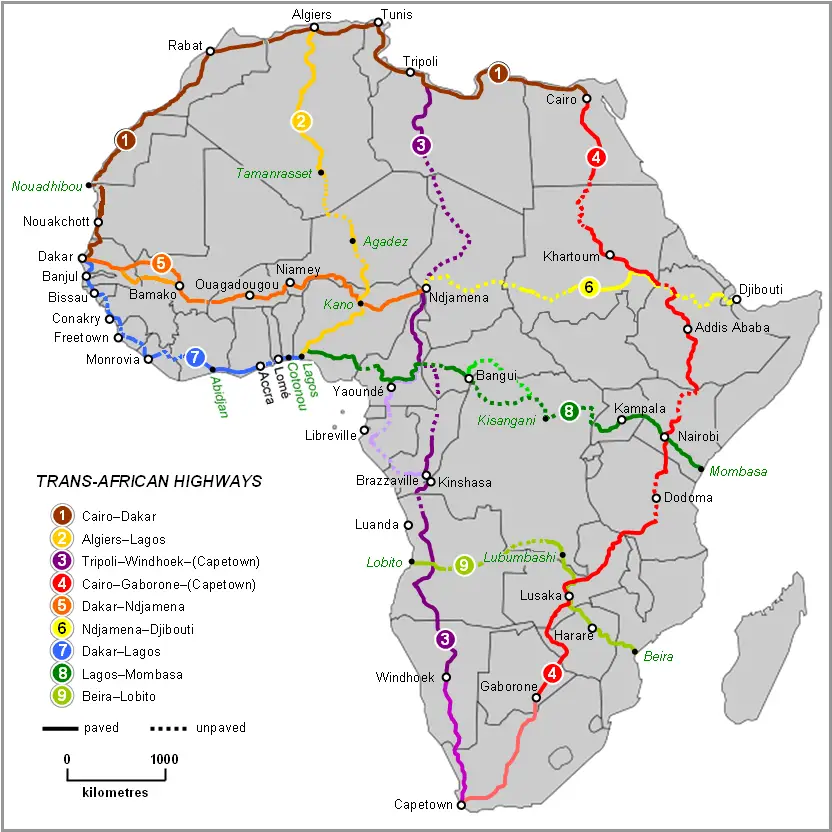
While the project holds the potential to boost cross-border trade and improve transportation efficiency, challenges such as inadequate funding, political instability, and varying levels of infrastructure development among participating countries persist.
In recent years, there has been an increasing focus on improving air transportation, with the development of modern airports and the expansion of airline services. However, various factors, including underinvestment, political instability, and geographic obstacles, continue to pose challenges to achieving a fully integrated and efficient transport system continent-wide.
Do you have plans to journey through Africa? The following books and maps may be of some help:

